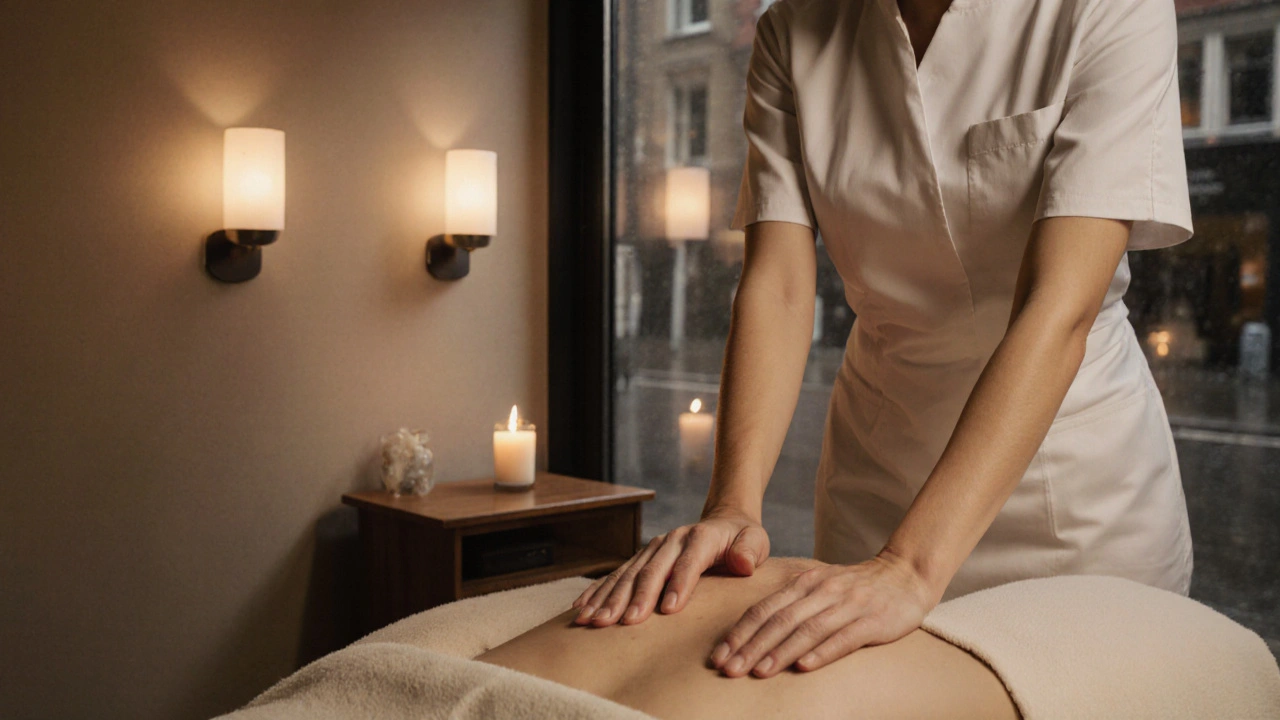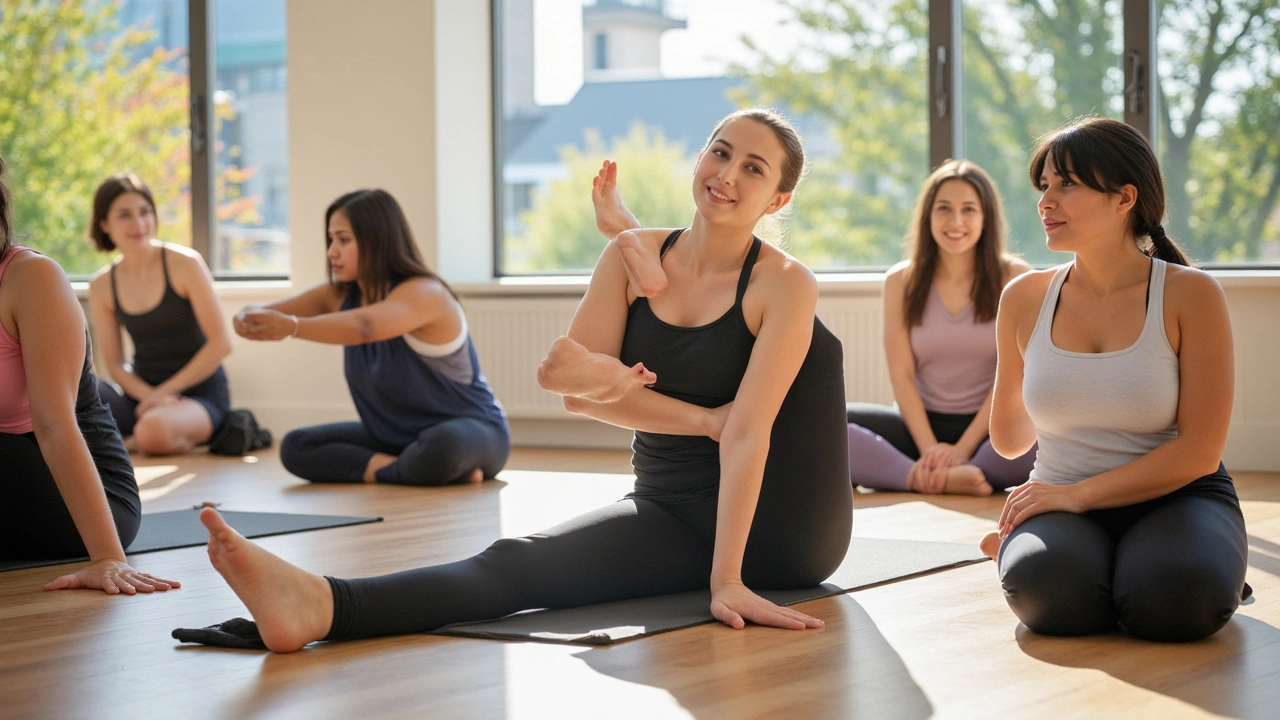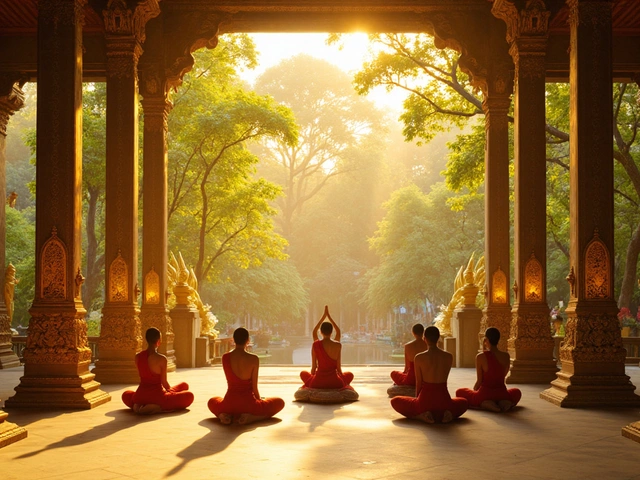Muscle Health & Massage: Your Practical Guide
When your muscles feel tight, sore, or just plain tired, a solid massage can be the quickest fix. It’s not just about feeling good – the right technique actually helps tissue repair, improves blood flow, and keeps you moving without pain. Below you’ll find straight‑forward advice on how different massages fit into a muscle‑health routine, plus tips on picking a therapist in London.
Why Massage Supports Muscle Health
First, think of your muscles like a road network. Every time you work out, lift, or even sit at a desk, tiny wear and tear builds up. A good massage acts like a road crew: it clears debris, smooths rough spots, and opens up traffic. Deep tissue massage, for example, presses into the deeper layers where chronic knots hide, releasing tension that could otherwise turn into strain.
Sports massage is another favorite for athletes. It combines light strokes to warm up muscles with targeted pressure that boosts recovery after a hard session. The result? Faster healing, fewer injuries, and a noticeable lift in performance. Hot stone massage adds gentle heat, which expands blood vessels and lets oxygen reach sore muscles quicker.
Even more sensual styles like lingam or tantric massage can contribute. While they focus on relaxation and energy flow, the slow, intentional touch still improves circulation and eases muscle stiffness. So whether you’re after a hardcore deep‑tissue session or a calming tantric experience, the underlying benefit for muscle health stays the same.
Choosing the Right Massage for Your Goals
Start by asking yourself what you need most. If you’re recovering from surgery or a major injury, deep tissue or post‑surgery deep tissue (see our post on deep tissue after surgery) is the safest bet – just make sure the therapist has proper medical knowledge.
For everyday stress relief and general muscle maintenance, a classic body massage works well. It’s less intense than deep tissue but still breaks up minor knots and encourages blood flow. Beginners often feel nervous, so reading our “Body Massage for Beginners” guide can help you know what to expect and how to prepare.
Athletes should look for a sports‑focused therapist. London has a handful of specialists who tailor each session to the sport you play, whether it’s football, running, or weightlifting. They’ll combine stretching, trigger‑point work, and sometimes even light proprioceptive drills to keep you at peak condition.
If you love the warm‑and‑cozy vibe, hot stone massage is a solid choice. The stones keep muscles relaxed longer, making follow‑up stretches more effective. Just check that the therapist follows safety guidelines – stones that are too hot can cause burns.
Lastly, consider where you want the session. Outcall (mobile) massage brings the therapist to your home, which is great if you’re recovering or just prefer privacy. Many London therapists also offer couples or partner massages, turning a muscle‑care routine into quality time together.
No matter which style you pick, always confirm the therapist’s credentials, ask about hygiene practices, and discuss any medical conditions beforehand. A quick chat can avoid discomfort and ensure the session supports your muscle health without surprises.
Bottom line: massage isn’t a luxury, it’s a practical tool for keeping muscles strong, flexible, and pain‑free. Use the right type for your goal, choose a qualified London professional, and you’ll feel the difference after just a few sessions.
Discover the science behind Swedish massage, its health benefits, how it works, pricing, and what to expect during a session in London.
Read MoreThis article breaks down how body massage can seriously up your flexibility game. We’ll show you what body massage actually does for your muscles, why it helps you stretch easier, and the major benefits for people who want to move better. You’ll get the inside scoop on different types of massage that target flexibility, plus real-world tips for finding the best massage spots near you. Get ready for practical advice, clear examples, and all the honest info you need—no fluff. If you want to feel looser, move smoother, and unlock your potential, this is your guide.
Read More





